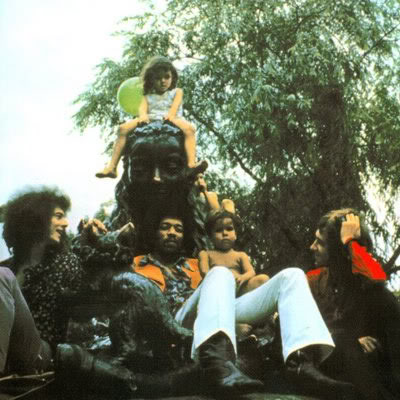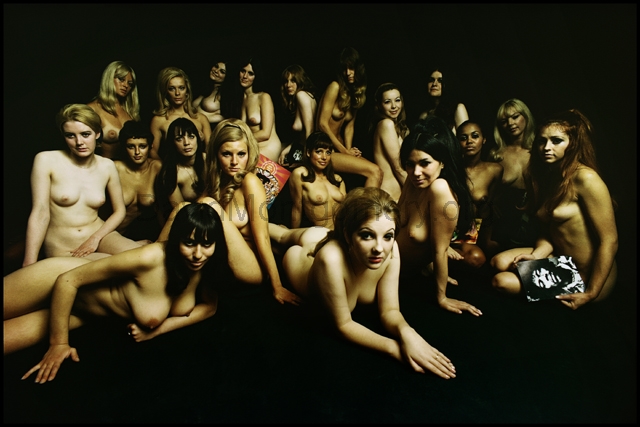No, really. Have you?
I haven’t either, but I’ve heard about it. Jimi told me. And it’s all in there for you to hear on the album, released on this day in 1968.
Here is your invitation, courtesy of the best tour guide you could ever hope to have:
Here is what I had to say about it, in brief, in 2011 for a PopMatters feature entitled “The Best of Summer Entertainment”. My take, retitled “Four Albums and a Film” can be found HERE.
Jimi Hendrix – Electric Ladyland (1968)
Electric Ladyland is not merely one of the ultimate summer albums, it is summer. From the hot-town-summer-in-the-city chaos of “Crosstown Traffic” to the midnight lightning of “Voodoo Chile” and the sexual swagger of “Gypsy Eyes” to the sweat-soaked croon of “Long Hot Summer Night” (!), this double-disc oozes with bright lights (“House Burning Down”) and warm remorse (“Burning of the Midnight Lamp”). Even the Apocalyptic imagery, properly psychedelicized in “All Along the Watchtower” (the only time Bob Dylan had his own work improved upon) mutates from cryptic folktale to field report from the steamy jungles of Vietnam and/or the sweltering streets with police staring down protestors. And then there’s the extended suite that occupies all of Side Three: it starts with a saxophone and a smile (“lay back and dream on a rainy day”) and then slips underwater, literally: our feet find the sand and the sea is straight ahead. By the time the moon turns the tides (gently, gently away) you have most definitely been experienced: it’s a hot, sweet and soulful adventure. Electric Ladyland is a trek through sights and sounds that only one man could convey, and he seems like he’s eager to shed his skin and get to a place where his body will not constrain him.
I’ve had a few things to say about Hendrix over the years, and I’ll have plenty more to say before it’s all said and done.
If you’re interested, HERE is a (long) review of his box set West Coast Seattle Boy.
A slightly less long review of his Winterland box set is HERE.
And a super long overview of his entire studio output is HERE.
I still need to grapple with this tour de force, song by song, second by second. (In terms of double albums, this is in the holy trinity with contenders ranging from –take your pick– Quadrophenia, London Calling, Exile on Main Street and Physical Graffiti.)
For today, here is an excerpt from that aforementioned career overview:
By 1968 Hendrix has relocated from London to New York City and it was during the open-ended and generally unrestrained Electric Ladyland sessions that Chandler, ever the taskmaster, famously fled the scene. “Gypsy Eyes” alone allegedly required forty different takes before Hendrix was satisfied, an intensity surpassing obsession that literally drove Chandler out of the studio. This circumstance was inevitable, and frankly necessary. Hendrix absolutely needed and benefited from Chandler’s mentoring, but now he had more than come into his own and nobody could keep up with him (he could scarcely keep up with himself). The results scream for themselves and to say that Electric Ladyland is yet another major advancement (how do you improve upon perfection?) is of course a pallid understatement.
Just as little from Are You Experienced hinted at the next installment, Axis: Bold As Love seems almost pedestrian and conservative compared to the staggering triumph of style and sound that is Electric Ladyland.
This is Hendrix’s masterpiece, and it is on this double album that practically every trick in his oversized bag is employed to its fullest extent. The storytelling skills are displayed on tracks like “Crosstown Traffic”, “Long Hot Summer Night” and “House Burning Down”. The compositional prowess is evident in every note, most especially on the song suite that covers side three and spills over to side four. What Hendrix was able to achieve, despite the contemporary limitations of old-fashioned recording equipment is, on a song like “1983… (A Merman I Should Turn To Be)”, heroic. It also offers the best evidence we have of what he saw and heard inside his always-teeming imagination.
What remains vital, and compelling, all these years later is the way Hendrix appropriates blues music, creating a template that copycats are still trying, in vain, to emulate. “Voodoo Child (Slight Return)” and the live-in-the-studio riot of “Voodoo Chile” are rock music touchstones, and nothing anyone has attempted has come particularly close to them. Hendrix himself puts it best when he boasts “Well I stand up next to a mountain/And chop it down with the edge of my hand.” That is exactly what he did, and he remains king of the mountain he scaled, and then razed.


